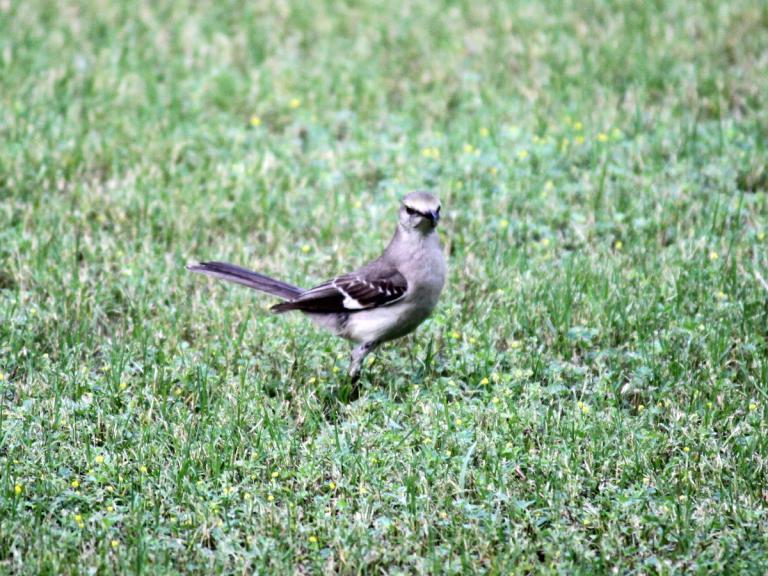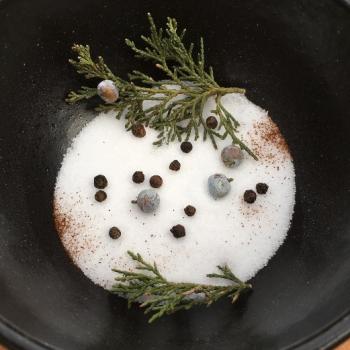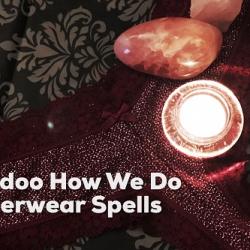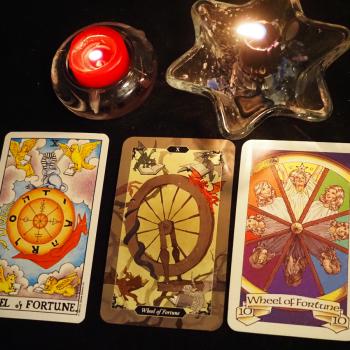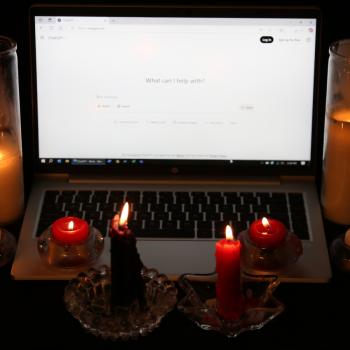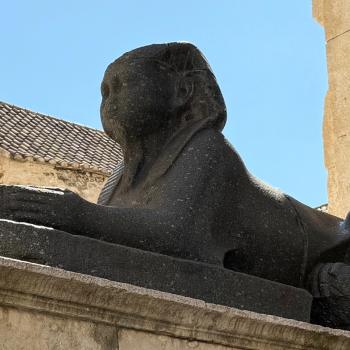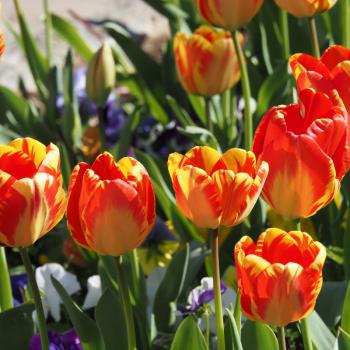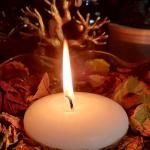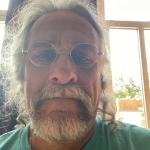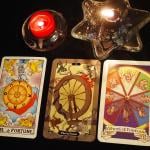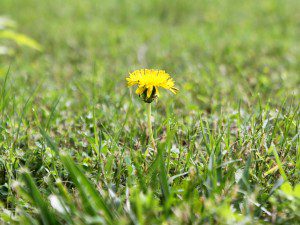 When you hear “Earth” what comes to mind? The ground on which we walk? The soil that nurtures plants and other life? This planet, the 3rd rock from the Sun? The living ecosystem of which we are a part?
When you hear “Earth” what comes to mind? The ground on which we walk? The soil that nurtures plants and other life? This planet, the 3rd rock from the Sun? The living ecosystem of which we are a part?
All these descriptions are correct, and the fact that they are all correct is worth contemplating. What is Earth?
To The Earth
A Hymn of OrpheusO Goddess, Earth, of Gods and men the source,
Endu’d with fertile, all destroying force;
All-parent, bounding, whose prolific pow’rs,
Produce a store of beauteous fruits and flow’rs,
All-various maid, th’ eternal world’s strong base
Immortal, blessed, crown’d with ev’ry grace;
From whose wide womb, as from an endless root,
Fruits, many-form’d, mature and grateful shoot.
Deep bosom’d, blessed, pleas’d with grassy plains,
Sweet to the smell, and with prolific rains.
All flow’ry dæmon, centre of the world,
Around thy orb, the beauteous stars are hurl’d
With rapid whirl, eternal and divine,
Whose frames with matchless skill and wisdom shine.
Come, blessed Goddess, listen to my pray’r,
And make increase of fruits thy constant care;
With fertile Seasons in thy train, draw near,
And with propitious mind thy suppliant hear.
Earth is the element of the North, of midnight, and of Winter. In the Tarot, Earth is represented by Pentacles, the tool of the material world, money, abundance, fertility, practicality, and rock-solid reliability.
We’ve contemplated Air, Fire, and Water; today I invite you to join me for a final elemental meditation on Earth.
If I grab a handful of Blackland Prairie soil from my back yard here north of Dallas and then grab another handful of Georgia Red Clay from my previous home in the Atlanta area, I do not need sophisticated testing equipment to know they are different. They look different, feel different, and smell different. Plant life that will thrive in one will struggle in the other. And while one soil supports slab foundations very well, the other does not… as has been clearly (and expensively) demonstrated to me this year.
Blackland Prairie is not Georgia Red Clay, but they are both Earth.
It is relatively simple to form a relationship with the Earth in your back yard. You can touch it, smell it, and taste it. You can dig in it, feed it and nurture it. And it can nurture you in return, by supporting plant life, other animals, or simply by its grounding presence.
It is far more difficult to form a relationship with, say, the Earth in the Amazon jungle. You can travel there and visit, or you could have someone in Brazil send you a bag of soil (but don’t – it’s illegal, and for good reason). You could travel astrally or shamanically to the Amazon, but even if you are highly skilled in such practices, it’s not the same kind of relationship as touching the Earth with your own physical hands.
The Earth in your back yard is not the Earth in the Amazon jungle, but they are both Earth.
It is very easy – and, I think, very necessary – to form a relationship with the Earth where you are. It’s so easy we often overlook it, or think it’s somehow less important than “bigger” relationships. It is far more difficult to form a relationship with the Earth in places where you are not, and it is extremely difficult to form a relationship with the Earth as a whole. The Earth is too big and we are too small.
How many times do we hear well-meaning folks (some Pagan, many not) talk about “healing the Earth” or “saving the Earth”? Some call this hubris – I’ll give them the benefit of the doubt and call it naïveté.
It is helpful to understand – intuitively as well as intellectually – the interconnectedness of all the Earth. It helps us remember that what we do has effects that reach far beyond our own back yards. But when it comes to forming meaningful reciprocal relationships and when it comes to taking practical action that results in tangible change, there really is no place like home.
May the blessings of Earth be with you and your Great Work!


